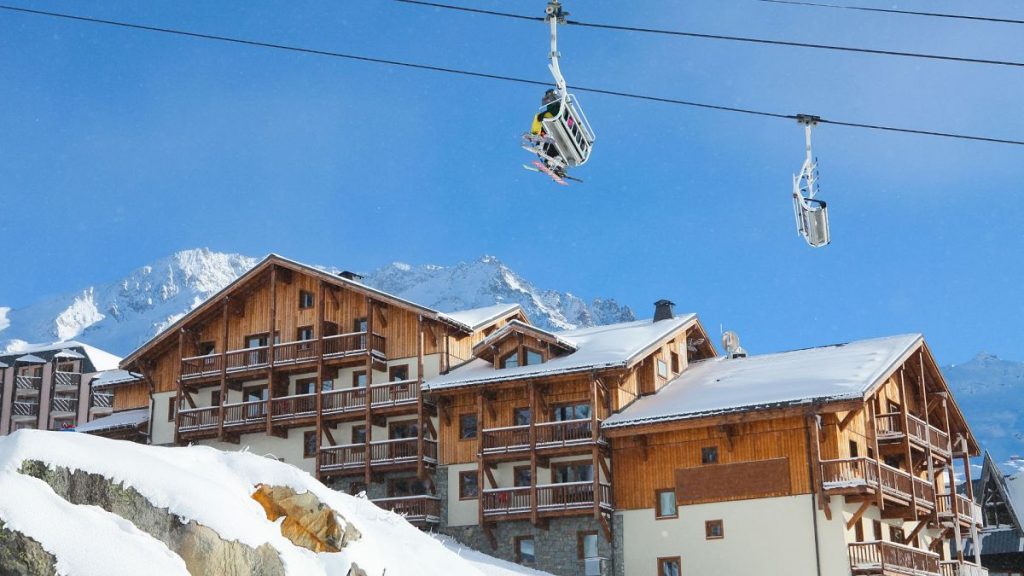Despite a bleak future predicted for the ski industry, there is hope that winter 2024/25 could be an exception. The ski industry in Europe has been struggling due to warm and unpredictable weather, leading to snowless slopes in recent years. This trend has already impacted this winter’s ski season, with some resorts forced to close their lifts for good. French resorts have been hit particularly hard, with dwindling visitor numbers, growing debt, and a lack of snow. This has also affected ski towns in Austria, Bosnia, Italy, Spain, and Switzerland, especially those at lower elevations. However, as we emerge from the hottest summer on record, there is speculation about whether this downward spiral will continue into winter 2024/25.
One of the main factors contributing to the struggles of Europe’s ski resorts is climate change. This has been exacerbated by the effects of El Niño in 2024, which brought excessive heat to the region. As we transition out of this climate system, La Niña is expected to take over, which could have a cooling effect. This might result in a cooler winter compared to the previous year, potentially boosting Europe’s ski resorts. The UK’s Met Office has suggested that La Niña could increase precipitation, leading to heavier and more frequent snowfall. However, the impact of La Niña is difficult to predict, as it can be influenced by other global climate drivers. Forecasts released by Météo France indicate a 20% likelihood of cooler temperatures from October to December, with a 40% chance of overall warmer than normal conditions.
Even if conditions improve this winter, it may be too late for some resorts that have struggled with years of declining snowfall. Resorts like Grand Puy and Alpe du Grand Serre in France have already been forced to close due to economic losses. To maximize chances of a successful ski trip, snow sports enthusiasts are advised to choose higher altitude resorts like Avoriaz, Tignes, Val d’Isère, and Val Thorens in France, which are expected to open in late November. For those seeking an early start to the season, Finland’s Levi and Ruka ski resorts opened on 4 October, while Austria’s Kitzsteinhorn Glacier in Zell am See began its winter season on 5 October. Other resorts in Austria, Switzerland, and Italy are also slated to open in October and November, offering more options for skiers looking for reliable snow conditions.
With the future of Europe’s ski industry uncertain due to climate change, it is essential for travelers to consider the environmental impact of their ski trips. The energy and water resources required to operate ski lifts, snow machines, and hotels already make skiing a carbon-intensive activity. However, between 50 to 80% of the industry’s emissions come from holidaymakers traveling to and from resorts. To reduce their carbon footprint, skiers are encouraged to consider more sustainable travel options, such as taking the Eurostar Snow ski trains to the French Alps from December. Additionally, various other ski destinations can be reached by rail, providing a more environmentally friendly alternative to flying. As the ski industry faces challenges related to climate change, prioritizing sustainable travel choices has become increasingly important for eco-conscious skiers.


